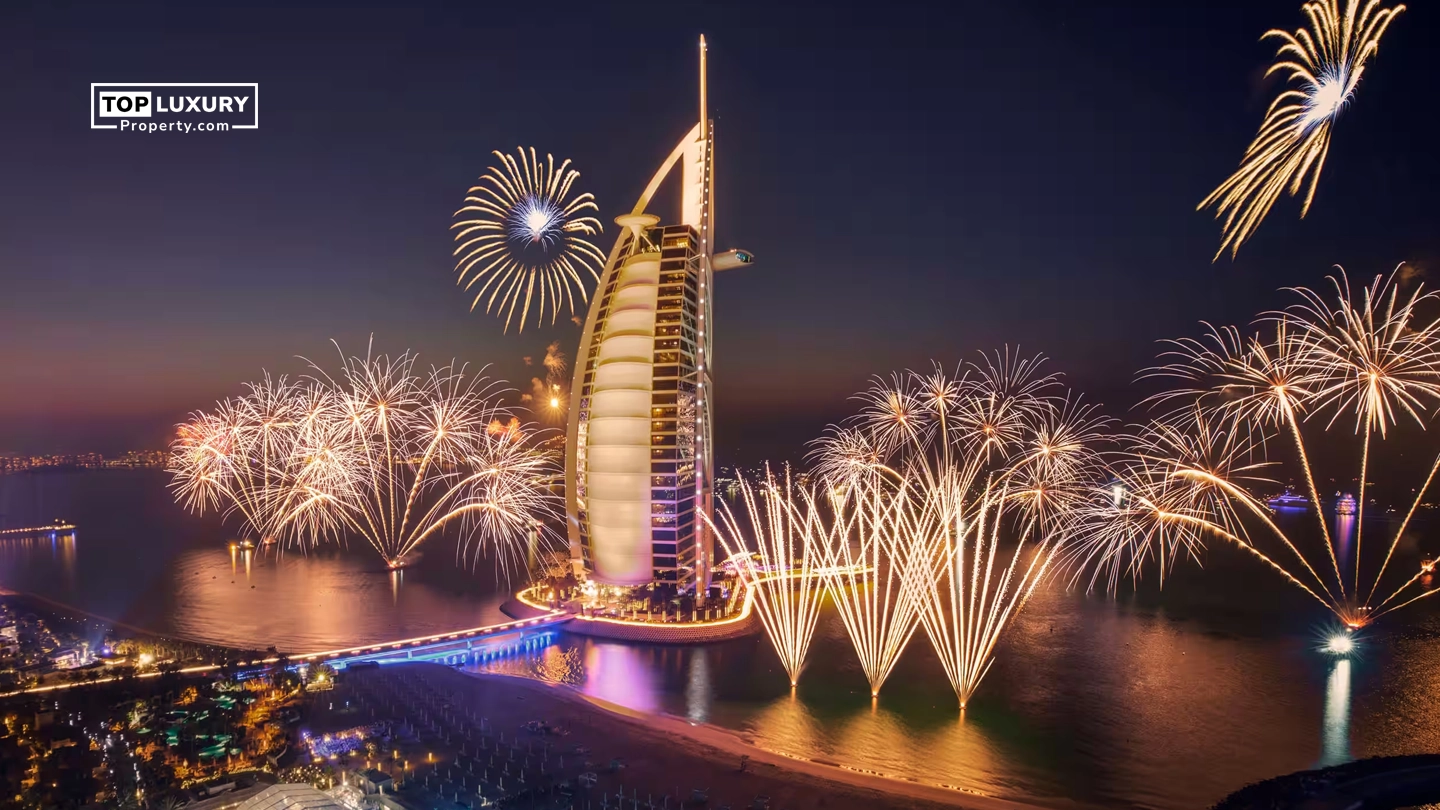Is Dubai’s property market growing or are we heading for a slowdown? Over the last few years Dubai’s property prices have gone through the roof, according to Cushman & Wakefield Core’s latest Market Update.
After 17 quarters of growth it’s time to ask: can this trend continue? We look at the current state of the market and follow the supply trends, market behavior, and signs of stabilization. Join us to see what’s next for this market.
Sustained Growth in Dubai Real Estate Prices
Dubai’s real estate market has now seen 5 years of price growth. The price increase is across both sales and rental markets, where there is no sign of demand slowing down. Over the last year residential sales prices increased 20% and rental prices 18%. This is the 17th and 15th quarter of price and rent increase respectively. So how long can this go on?
Cushman & Wakefield Core report shows moderate supply in 2024 with 22,900 residential units delivered by Q3 and 10,700 expected in Q4 making it 33,600 units for the year. Supply is moderate but a lot of units will be handed over in the coming years which will play a big role in stabilizing the market.
Off-Plan Market Dominance
One of the key characteristics of the current Dubai real estate market is the off-plan market. Off-plan transactions grew 51% in Q3 2024 compared to Q3 2023. This is a big shift towards buying properties before they are built. This is mainly driven by the attractive payment plans offered by developers and property linked visas. The secondary market is less prominent but still growing with 19% year on year increase in sales.
Prathyusha Gurrapu, Head of Research and Consultancy at Cushman & Wakefield Core said “Off-plan transactions in Q3 2024 were 2.3 times more than secondary market transactions. This shows that both investors and end users see a lot of value in buying properties at pre-construction prices with the added benefit of flexible payment plans that reduces the upfront cost.”
Price Moderation in Prime Areas
Despite the overall citywide price increase, moderation is starting to show up in the prime areas of Dubai. Villa prices went up 23% year on year while apartment prices rose 19%. But growth in high end areas like Palm Jumeirah and Downtown Dubai is starting to slow down, which means the growth we saw in the past is softening.
More supply will come in the next few years and will moderate prices further especially in the luxury segment where inventory is still limited. Price has hit the affordability threshold, villa rents went up 13% year on year, a more moderate growth compared to apartments. This means the market is starting to adjust to the affordability of the buyer and tenant.
Shift in Demand in Mid-Market Areas
While prime areas are starting to show moderation, mid-market areas are seeing double digit growth across villas and apartments. Areas like Discovery Gardens, Dubai Sports City, Dubailand and Jumeirah Village Circle (JVC) are seeing significant rental growth. The growth in these areas means the demand is shifting from the more expensive areas to more affordable options as renters are looking for better value for money as prices rise.
The rental market is reflecting this shift in demand. Like the sales market, the citywide rental growth is 18% year on year and the pressure on affordability has forced many tenants to renew their existing leases rather than move, where possible. This has resulted in a 16% increase in tenant renewals in Q3 2024. The new RERA rental calculator has also played a role in narrowing the gap between renewed and new lease rates. But new leases still trade at an average 14% premium over renewals, which means the pressure is still upward.
Ultra-Prime Market
Despite global economic turmoil, demand for ultra-prime properties in Dubai is still strong. In Q3 2024, 424 properties above AED 20 million ($5.45 million) were sold, up 41% from Q3 2023. Palm Jumeirah, the most prestigious area in Dubai, is still the favorite, it accounted for the highest share of these high value transactions.
The demand in the ultra-prime market is driven by global wealth moving to Dubai, a city known for its stability, tax free environment and luxury lifestyle. As Prathyusha Gurrapu said, the interest in waterfront properties and branded residences means UHNIs are confident in Dubai’s luxury real estate as a safe haven for their wealth.
Supply Impact on Market
One of the things that will shape Dubai’s real estate market in the short term is the supply. With 33,600 units coming in 2024 and more in the next 2-3 years, the market will start to stabilize. This will be more prominent in luxury and mid market communities where supply was the main driver of the price hike.
The Cushman & Wakefield Core report states that while the 2024 supply pipeline is still manageable, the speed of project completion will pick up. This will balance the market and prices will stabilize. Increased supply + prices already testing affordability will cool down the rapid appreciation of both values and rents.
Q3 2024 Market Highlights
The recent data from Q3 2024 provides several important insights into the dynamics of the Dubai real estate market:
- Price per Sqft Increase: The average price per square foot across Dubai reached AED 1,511, representing a 7.5% increase year-on-year. Notably, first sale villas experienced a substantial 17.6% increase in price per square foot compared to 2023.
- Sales Volume: Dubai’s property sales volume in Q3 2024 reached 50,423 transactions, a significant 37.9% increase compared to the same period in 2023. This growth highlights continued interest from investors despite rising costs.
- Sales Value: Total value of transactions in Q3 2024 was AED 141.9 billion, 30.1% up year on year. Apartments were the biggest chunk with 39,054 transactions, followed by villas with 8,156 sales.
- Property Price: First sale villa price was up 11% year on year to AED 3.3 million. Resale plots was up 44.4% to AED 5.8 million. This is due to investor preferences and availability of properties in the market.
- Mid Market and Affordable: There was a shift towards more affordable properties, 29% of transactions in Q3 2024 was below AED 1 million and 31% in AED 1-2 million. This is due to the increasing cost in prime areas.
Conclusion: Stabilization or Growth?
The market is growing, with demand driving sales and rental growth across all segments. But signs of price moderation in prime areas, the focus on off-plan and the growing supply pipeline point to stabilization over the next few years. The ultra-prime is still booming, immune to global economic conditions, and the mid-market is seeing the most growth, driven by affordability.
As new supply comes into the market, the balance between demand and supply will be the key to whether the boom continues or a slowdown is around the corner. For buyers and investors, understanding this will be crucial to making informed decisions in a market that’s hot and sometimes crazy. The increase in supply could be the inflection point for the Dubai real estate market from a growth phase to a steady state.
In short, the future of the Dubai real estate market is all about balancing supply and demand and keeping affordability for residents and investors. The next few years will be the test to see if the market can achieve this or if the current growth will lead to an overheated market. Whatever the outcome, Dubai will remain the global hub for luxury, investment and opportunity.





_(2)_638647637563832478_820465_.webp)